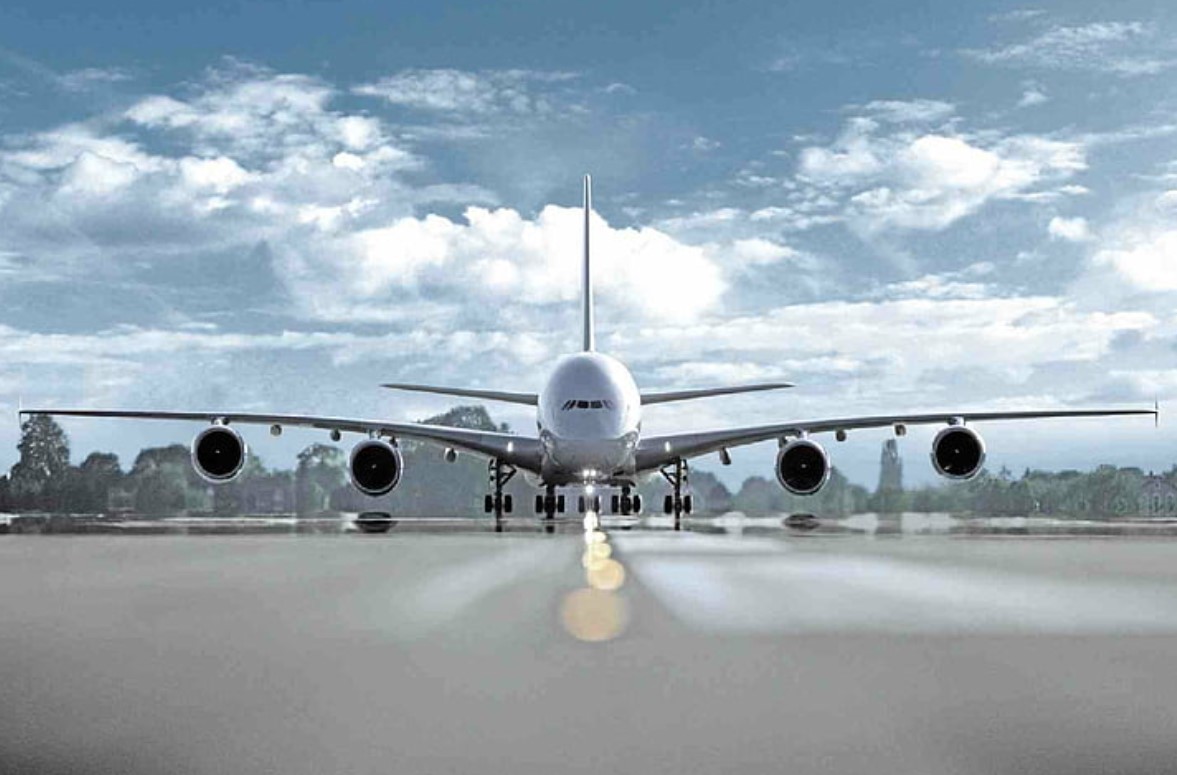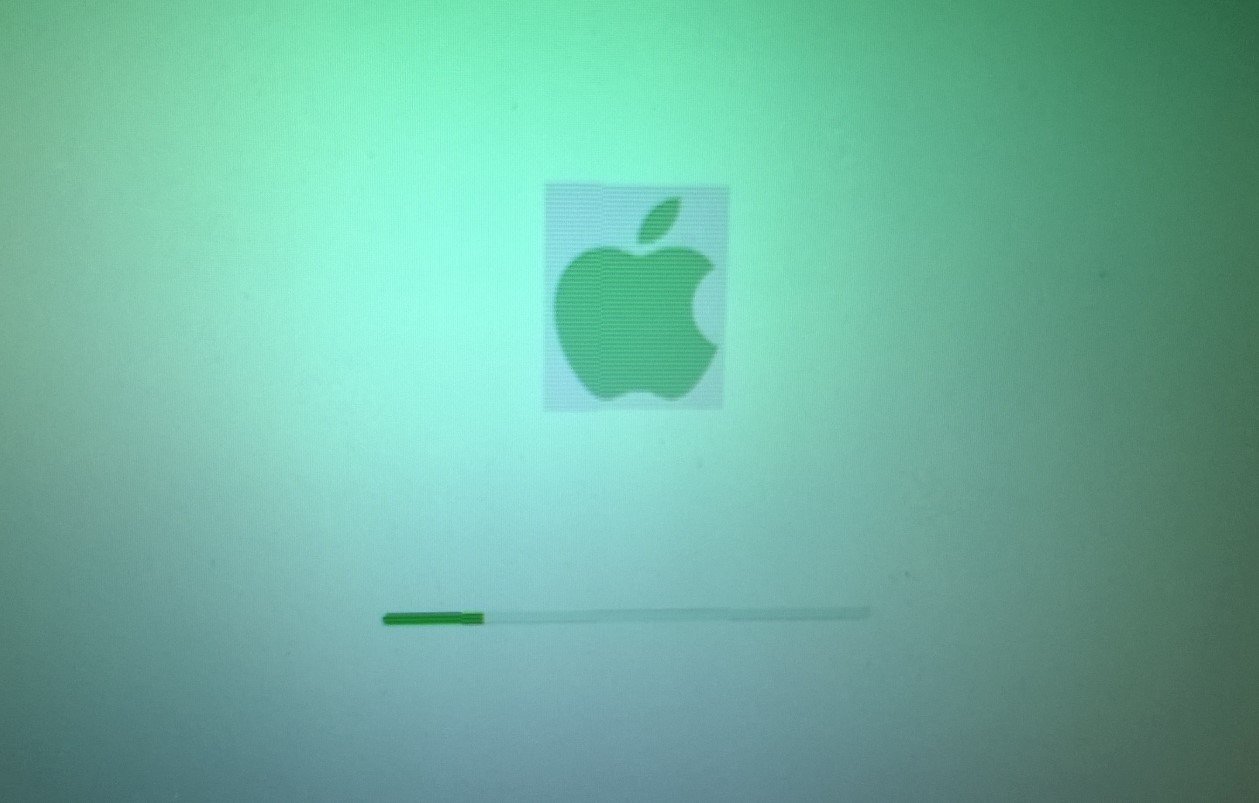News
Boeing CEO Admits to Deep Safety Issues as Senate Grills Executives Over 737 MAX Failures
Published
22 seconds agoon
Boeing’s top brass faced searing questions on Capitol Hill this week after new whistleblower reports and internal memos revealed a troubling picture of missed inspections and mounting safety gaps. As trust erodes, the future of America’s largest aircraft manufacturer is wobbling in plain view.
A Heated Senate Hearing Pulls No Punches
It wasn’t just another tense hearing. Tuesday’s Senate panel felt more like a reckoning. Boeing CEO Dave Calhoun, facing sharp questioning from lawmakers, admitted that the company had failed in its basic duty: to keep people safe. One senator called the revelations “damning.”
For over two hours, lawmakers pounded Boeing executives with tough questions. Some senators brought photos of the 2018 and 2019 crash victims. Others read aloud from whistleblower emails. The room was thick with tension, and Calhoun at times looked cornered, nodding solemnly as details piled up.
At one point, Senator Richard Blumenthal said bluntly: “You sacrificed safety for speed and profit.” There was no protest from Calhoun—just a quiet, grim “We’re accountable.”
Whistleblower Claims Add Fuel to the Fire
The recent batch of whistleblower reports hit hard. According to internal documents released by the Senate subcommittee, a former Boeing quality manager, Sam Salehpour, alleged that inspections were skipped on key fuselage components of the 787 Dreamliner and 777 aircraft.
Salehpour said Boeing ignored his warnings for years. He claimed that when he raised red flags, he was sidelined and pressured to stay silent. His story isn’t isolated—at least three other former employees have made similar claims in recent months.
The allegations boil down to this: parts weren’t being checked properly, and management allegedly turned a blind eye.
Boeing’s Defense: “We’re Fixing It”
Boeing didn’t dodge every bullet. But they did try to shift the tone. Calhoun admitted to “shortcomings” but emphasized recent reforms. New training programs. Updated procedures. A reorganized safety team.
Still, some senators weren’t convinced.
There was a particular back-and-forth over a quality control measure scrapped in 2020. That’s when Boeing stopped routine inspections on some fuselage parts, citing efficiency gains. The move saved time—but critics say it raised safety risks.
Here’s what Boeing is saying it’s now doing:
Hiring 400+ additional quality inspectors by year’s end
Slowing down production to allow for “more thorough” safety checks
Launching a new independent review board to oversee inspections
Even so, that may not be enough to restore public trust. As one former FAA official put it: “You can’t unring a bell.”
FAA Investigation Highlights Years of Oversight Failures
The Federal Aviation Administration isn’t exactly in the clear either. In a rare move, the FAA launched a full audit of Boeing’s production process in March 2024—spurred by the alarming whistleblower claims and a string of manufacturing defects.
The findings weren’t pretty.
According to the FAA’s 89-page audit, Boeing failed 33 out of 89 key safety process checks. Some failures included missing paperwork, incomplete inspection logs, and untrained workers signing off on critical components. One particular lapse involved door plugs—the very part that flew off a 737 MAX 9 in mid-air earlier this year.
Here’s what the audit flagged (simplified table):
| FAA Finding | Description |
|---|---|
| Incomplete Inspection Records | Missing sign-offs on critical components |
| Poor Training Procedures | Unqualified staff conducting key inspections |
| Door Plug Anomaly | Improper installation, lacking double-check |
| Supply Chain Oversight | No consistent supplier checks |
Boeing has since promised to submit a corrective action plan. But some lawmakers want more than promises. They want prosecutions.
Families of Crash Victims Watch With Quiet Rage
In the hearing chamber’s front row sat a familiar presence—relatives of victims from the two deadly 737 MAX crashes. They’ve attended almost every public Boeing hearing since 2019. And they haven’t softened their stance.
Their expressions were stony as Calhoun spoke. A few held up photos of loved ones lost in the 2018 Lion Air crash and the 2019 Ethiopian Airlines disaster. Some wore pins with victims’ names. At one point, a mother broke down when a senator read the age of her son: 9 years old.
Some families are now pushing for criminal charges. Not just against Boeing, but also against individual executives they say ignored safety warnings.
What’s Next for Boeing? A Bumpy Road Ahead
So where does Boeing go from here? Wall Street’s confidence is shaky. The company’s stock is down 24% year-to-date, and analysts are lowering their long-term forecasts.
Internally, Boeing is facing pressure to split its commercial and defense businesses. There’s even talk about replacing CEO Calhoun before his planned retirement in 2025.
The FAA, meanwhile, has frozen any major production increases for the 737 MAX until Boeing passes further audits. That could drag into 2026.
And yet, the company isn’t dead in the water. It’s still sitting on a $450 billion order book and has some of the world’s best engineers. But it’ll take more than engineering to rebuild trust.
Hayden Patrick is a writer who specializes in entertainment and sports. He is passionate about movies, music, games, and sports, and he shares his opinions and reviews on these topics. He also writes on other topics when there is no one available, such as health, education, business, and more.

You may like

Boeing CEO Admits to Deep Safety Issues as Senate Grills Executives Over 737 MAX Failures

Crypto’s Next Bubble Might Already Be Brewing — But This Time, It’ll Be Weirder, Slower, and Riskier

USDC: The $64 Billion Crypto Workhorse That Refuses to Budge

Fed Holds Rates Steady Again, but Crypto Powers On as Institutions and Innovation Take the Wheel

Apple Opens Door for Kali Linux on macOS Sequoia Using New Container Framework

Ether’s Second Wind: Why Ethereum’s Native Token Still Has Serious Upside

‘Ghost Town’ Breaks Free from Meta Quest Shackles, Arrives on Steam VR Next Week

Apple Challenges €500M EU Fine Over App Store Practices in Escalating Legal Fight

Microsoft to Drop Microsoft Account Requirement for iOS Authenticator Backups





